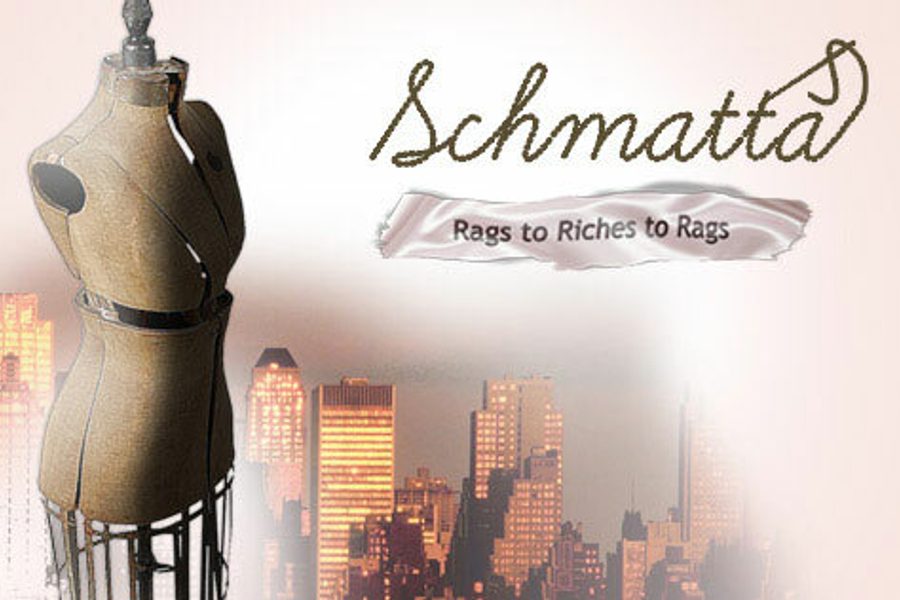
Schmatta: Rags to Riches to Rags, a new documentary film by Marc Levin to be shown on HBO Monday evening, Oct. 19, tells the story of the city’s rag trade from both sides: the hard-driving, cigar-chomping small businessmen and the hard-working, predominately female workforce. (“Schmatta” is Yiddish for rag; trailer available below.)
Through a mixture of empathetic interviews and fascinating archival photos and film, Schmatta makes clear how important the unions were in transforming workers’ lives and in maintaining uniform standards in a dynamic, highly competitive business.
It vividly re-creates the world of workers at the Triangle Shirtwaist factory, where a 1911 fire in a high-rise workshop with locked exits led to the death of over 100 mainly young women workers.
The fire provoked a strong public revulsion and spurred union organizing that not only improved wages and working conditions, but also came to wield progressive political power, channeled through leaders like Sidney Hillman – FDR advised aides to “check it with Sidney” – and David Dubinsky, shown putting pressure on a senator during a telephone call.
The film shows how the predominately Jewish and Italian (then Latino) workers, with the help of strong unions, transformed an industry of dangerous, squalid sweatshops into a source of solid jobs and social mobility. As Workers United/SEIU president Bruce Raynor says, the “lifting of those workers from poverty to the middle class revolutionized America.”
Then the industry, which had prospered marketing to a growing middle-income market, was itself revolutionized. Import barriers were lowered, and steadily manufacturers shifted work overseas. In 1985, 70 percent of garments sold in the U.S. were made here; 50 percent in 1995; 5 percent today.
Control of the industry shifted from small manufacturers immersed in a local network to celebrity designers and even more to an increasingly consolidated group of mass merchandisers, who were dominated by profit-maximizing bean counters, not people with a feel for the industry, its crafts, and its social relations.
The old businessmen were colorful guys who knew their fabrics, but they could be bastards, too, as the interview with Irving Rousso, founder of Russ Togs, makes clear. But it also shows how the union set limits that disappeared when the work went to third-world sweatshops, where the Triangle Fires of today still kill young girls trapped in locked factories.
Schmatta follows skilled cutter and union leader Joe Raico on his last day at work, fondly reminiscing about his trade and his union, but it also shows the “middle class” victims of the industry’s demise – designers, managers, small business owners.
“I desperately need work,” a woman designer says.
The film’s analysis is simplified, and there’s little sense of how this sad historical course might have been changed. Anti-sweatshop campaigner Charles Kernaghan of the National Labor Committee calls for stopping the race to the bottom in the global rag trade by supporting workers’ right to organize. (Unmentioned in the film is Kernaghan’s call for legislation blocking imports of products that violate labor rights, such as use of child labor.)
But it seems too late for New York, despite its colorful history. It’s back to rags.
David Moberg, a former senior editor of In These Times, was on staff with the magazine from when it began publishing in 1976 until his passing in July 2022. Before joining In These Times, he completed his work for a Ph.D. in anthropology at the University of Chicago and worked for Newsweek. He received fellowships from the John D. and Catherine T. MacArthur Foundation and the Nation Institute for research on the new global economy.








